How many great works of art in Ancient Egypt do we know? thousands!!!
and yet … how many names of Egyptian artists (sculptors, draftsmen, painters …) do we know? I am sure you have to think….
Who made the Triads of Mycerinus?
We refer to Michelangelo’s David, if we think of La Gioconda (Mona Lisa) the person that comes to mind is Leonardo da Vinci, we also talk about the Sunflowers of Van Gogh, Las Meninas by Velázquez…
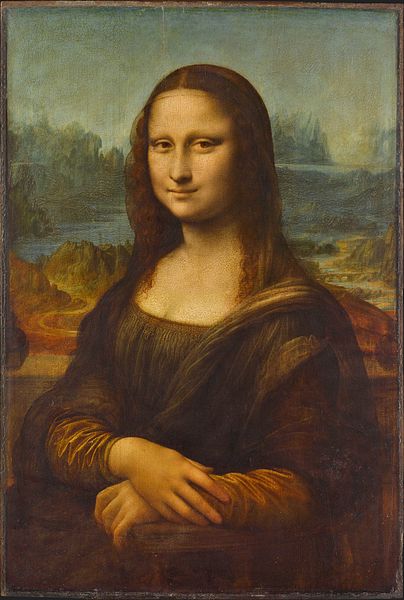
However, when we visit the step pyramid in Saqqara… do we remember Imhotep, its architect, or Dyoser, the king who was buried there?
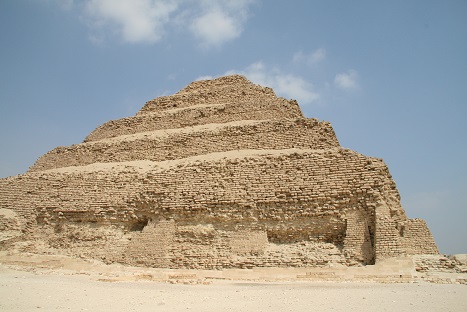
Alike, when we observe the reliefs of the well-known “botanical garden” in the Karnak temple, do we mention the artisans who carved them or Tutmosis III, the pharaoh of the Dynasty XVIII who ordered the construction of the Akhmenu (this is the Egyptian name of this chapel) and its decoration?
The answer is easy: we talk about the Gioconda of Leonardo da Vinci (its creator), but of the step pyramid of Dyoser (his beneficiary).
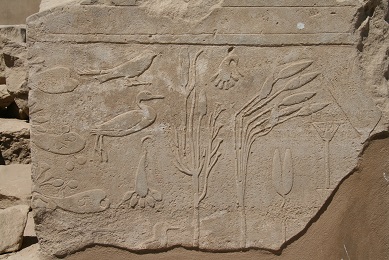
No artist signed a work of art in Ancient Egypt. We rarely know who did a job. In fact, Egyptian sculptures, reliefs, paintings… did not belong to the author, but to the one who commissioned them. That is why we refer to the “Triads of Mycerinus”, the “mastaba of Mereruka”, the “Colossi of Amenhotep III” …
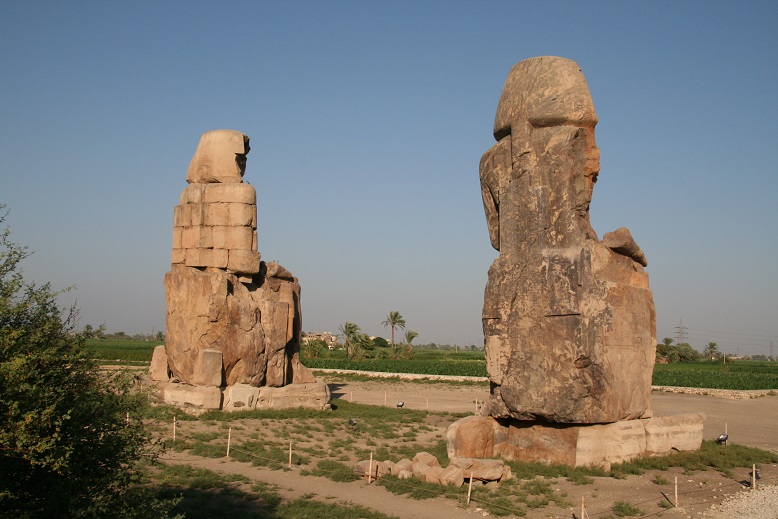
The executors of those works were anonymous because the art in Ancient Egypt had a magical purpose for the benefit of someone (usually his or her resurrection). For that reason the manufacturer was no important, but the goal.
The owner of the Art in Ancien Egypt.
It is very easy to understand when we think of the objective of many famous works of art in Ancient Egypt.
For instance, the reliefs on the walls of the mastaba of Ti intended to ensure a Beyond to Ti, the reliefs on the walls of a temple were carved to ensure their deities a constant ritual, the statue of Dyoser in his funerary temple in Saqqara was the support of his ka, which received the daily funeral service, guarantor of his eternal maintenance…

The people who manufactured those “pieces of art” were a group of workers who carried out their work following the orders of their superiors, and these ones had to follow the guidelines of the Egyptian tradition. Everyone had a role and there was no place for individualities.
As we have said before, the works belonged to those ones who represented and were made for their benefit, for that reason it was necessary that images were always identified with the name of its owner (the recipient).
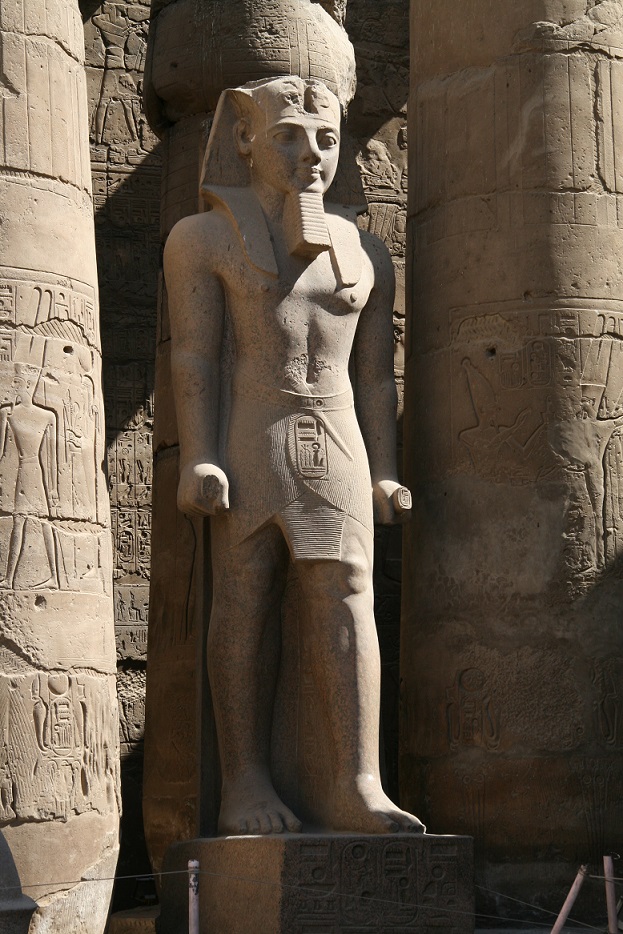
If nowadays we can talk about the statues of Ramses II in the temple of Luxor it is because the name of this sovereign appears inscribed in them.
The proper name was part of the work and was a guarantee of the effectiveness of the image in favor of its owner. A royal statue with no cartouche of the pharaoh was incomplete; and for us it is just an anonymous statue of a sovereign, because we do not know to whom it belongs.
No creativity in Egyptian art.
Becasue the work of art in Ancient Egypt had a magical and functional purpose (it was a way to reach the Hereafter, to receive a daily cult …) and was produced following predetermined canons, the concept of creativity (or personal expression) disappeared.
The art in Ancient Egypt had no artistic or creative personality. Becasue the Egyptian artist did not express himself through his work. Why? We can find five basic reasons:
• The artist had to follow certain guidelines based on magical-religious needs. They had to work acording to canons.
• The artists worked for a need of a social group (The Court, the civil servants, tha aristicracy, the clergy..)
• There was no concept of contemplation or expression. The figure of the observer as we know it in our culture did not exist in Ancient Egypt.
• The Egyptian artist did not work by inspiration, but on request. Every statue, coffin, relief, stele…was like an “order”.
• In the manufacture of reliefs, painting, statues…worked several people. A work of art in Ancient Egypt was a team effort in which many people were involved from the master to the operator of lower rank.
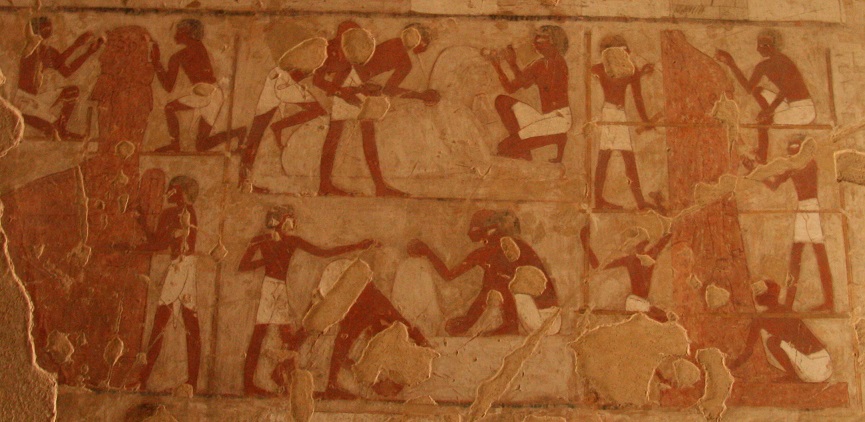
This means that, from the methodological point of view, we cannot classify the works of art in ancient Egypt by their manufacturer. Sometimes the art historians find the explanation of the work in the personality or in the biography of the artist who made it. But in the case of the art in ancient Egypt this is unfeasible, because there are no people, no artistic movements, no generations of artists, just works (reliefs, paintings, sculptures) made by a perfectly organized and hierarchical collective.
Great article. But I must disagree with the idea that Ancient Egyptian during the Dynastic Periods are devoid of individual creativity and basically painted on a grid system that would assure uniformity. However, if you look closely, you detect subtle artistic realism in some on the finer examples of AE Tomb art, and individual artists indiviual “flare”, style.
Hi Mr. Holmes,
Thank you very much for your comment.
I agree also somehow with you. Obviously the human brain is not a machine and, despite the rules, it has always place for its own ideas and creativity. That is why we can find these “flare” you mention.
The “handicap” in ancient Egypt is that the works did not have an author. We know the artists, but they did not signed their works. On the other hand, ancient Egyptian art, was made by a human team, by a collective. That makes more difficult to leave the imprint of an individual.
Thank you very much for your interest.